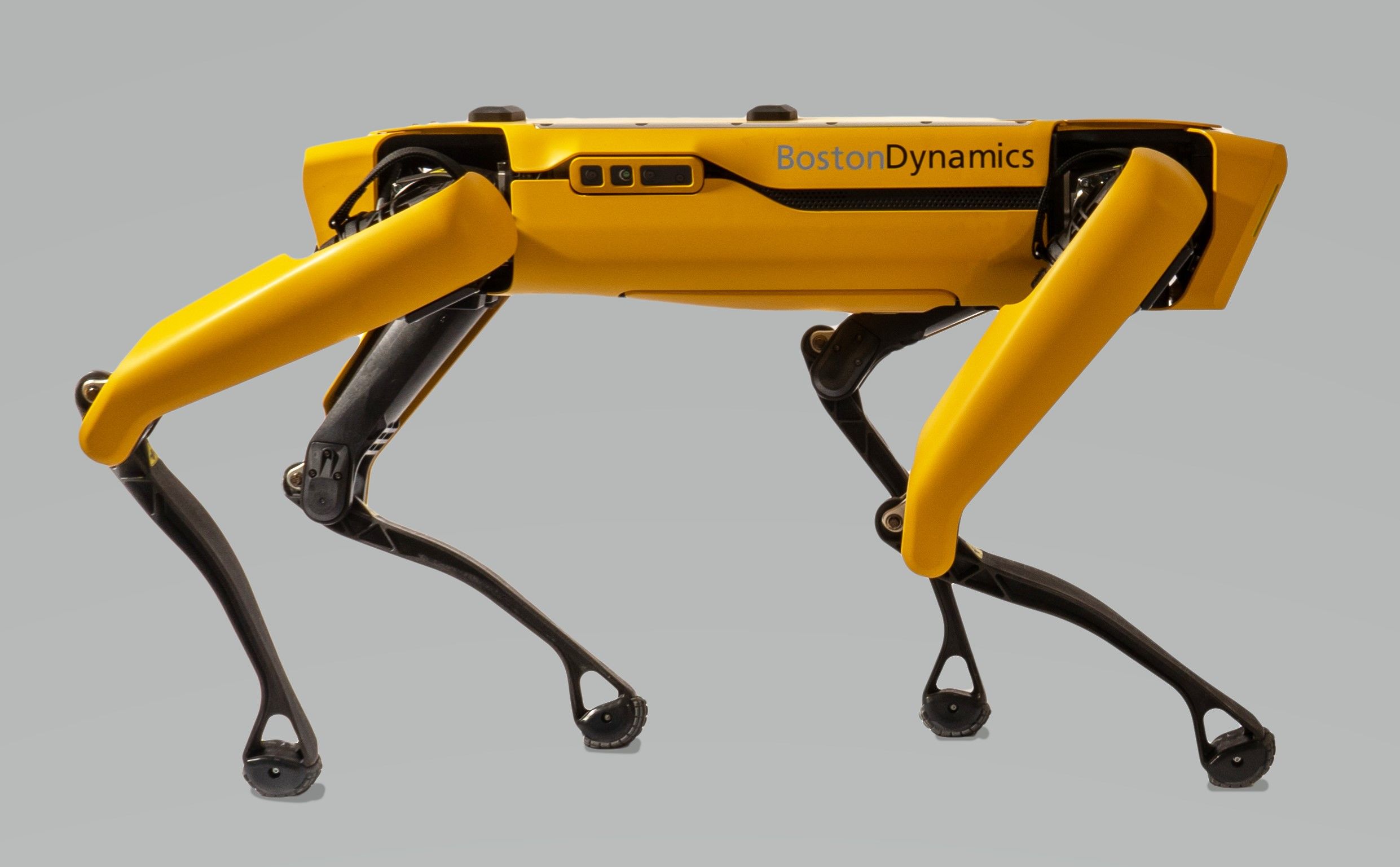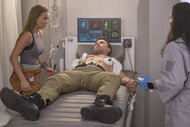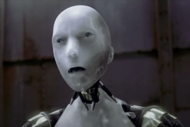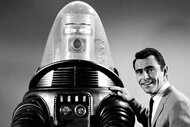Create a free profile to get unlimited access to exclusive videos, sweepstakes, and more!
Spot the robot dog heading to Chernobyl to help decommission the infamous Reactor 4

It’s been a tough road for Spot, Boston Dynamics’ growingly dependable robot dog, having to creep out of the shadows of Black Mirror’s “Metalhead” episode in its continual search for love and approval. Sure, helping out during the coronavirus pandemic has been good for the bot’s overall image, but now Spot is going one step further by heading to Chernobyl to serve as an autonomous safety checker and help finally decommission its infamous Reactor 4.
Boston Dynamics’ Ferrari of a four-legged robot is designed to do the dirty work that would put their human counterparts at risk, so it’s perfectly suited for seeking out radioactive dust and mapping out and taking measurements in the most dangerous areas still festering in Chernobyl's Exclusion Zone.
To that end, engineers from the University of Bristol recently visited the site. While testing a number of remotely controlled robots, they found that Spot’s ability to minimize the kicking up radioactive dust while navigating complex terrain (like the stones and debris still prevalent in the now sealed area), obstacles, sloping surfaces, and stairs made it uniquely qualified for a remote radiation survey. It also helped that, unlike many robotic turtles, Spot can flip upright after accidentally turning on its back.
One of those engineers was David Megson-Smith, a Senior Postdoctoral Researcher at the University of Bristol, who helps develop new sensors for deployment of robotic platforms, particularly those used in the nuclear industry. He believes they can program Spot to suit the specific problems of tracing danger zones, to eventually help clean up a site that is still very much a problem, containing, according to Mashable, some 30 tons of contaminated dust, 16 tons of uranium and plutonium, and 200 tons of radioactive lava.
“We came to the Chornobyl [sic] Exclusion Zone to use the robotic platforms for mapping the distribution of radiation, test our robotic platforms and build new networks of people. We’ve worked a lot with the nuclear organizations in the United Kingdom but we haven’t ever worked in the environment as difficult as here at the ChNPP,” Megson-Smith said in a statement.
After tragically exploding in 1986, the reactor has since been thoroughly covered in an effort to contain its nuclear core, but that’s just a band-aid. Eventually the site will need to be cleaned up and safely decommissioned. And Spot the robot dog is here to help.














